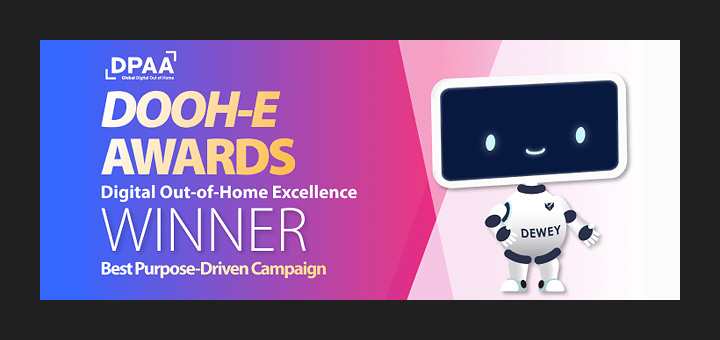Political buyers pay to play
The competition to reach voters by candidates and causes heats up quickly in the last few weeks leading up to the election, when campaigns spend the vast majority of their budgets. This is especially the case in swing states, as candidates try to persuade impressionable or yet undecided voters, Briscoe said.
But it costs to compete. According to media buying agency Novus Media, swing states have a projected 15%-50% rise in ad cost for CTV, online video and paid social in the weeks leading up to the election. For linear TV, those CPMs may only jump 10%-30% in battleground states. Novus doesn’t buy political ads, but it does work with brands in other verticals competing for the same ad space during the election season.
Other buyers share the sentiment. “Political ad spend drives saturation and inflates CPMs, particularly for local and regional businesses caught in political hotbeds,” said Clelia Zattoni, VP of sales ops and marketing at the DSP Madhive. “For example, we had to guide a furniture advertiser to reallocate their budget away from [specific] ZIP codes and congressional districts to avoid the rising CPM costs driven by political ad buys,” Zattoni said.
In other words, political buyers that want to play in the streaming space have to pay a pretty penny to do so, and nonpolitical buyers still must understand the landscape.
Streaming inventory constraints are another wrench in the system. Some highly contested swing states are less highly populated compared to other states, so ad inventory is especially scarce and competitive. Nevada has just a hair over 3 million residents, for example, while Pennsylvania has nearly 13 million. Political candidates may have to pay more for the chance to persuade Nevadans to vote compared to Pennsylvanians.
Streaming media also has far fewer total ads, on average, compared to linear commercial breaks.
To find the best deals among the shrinking and increasingly costly ad space, Brydges said, political buyers are turning to programmatic – especially in the last handful of weeks before the election.
Programmatic politics
Political advertisers also like programmatic as a reach extension. They’re used to paying for top-dollar TV markets where budgets were largely wasted. (Woe is the New Hampshire campaign forced to buy the Boston market.)
But now political buyers use programmatic platforms to spread their budgets across both CTV and online video on mobile and desktop. Online video is less expensive than the screen on the wall, but it’s often reaching the same group of people, Brydges said.
But too many supply paths are also a recipe for ad repetition if buyers aren’t careful.
Many streaming platforms also have overlapping subscriber bases, which, paired with scores of programmatic supply paths, is why the frequency issue for political ads is just about as bad on CTV as it is on linear, said Jesse Contario, regional VP of Southeast and political at MiQ.
For example, buyers should bid on app bundle IDs rather than just deal IDs, he said. While deal IDs skew impressions toward whichever channels have the most inventory available at a given moment, an app-bundle-based approach gives buyers more control over ad placements within particular publisher networks.
Vying for voters
Programmatic has other nifty data sources for political advertisers, like geo-fencing and automated content recognition (ACR) on TV screens.
For political buyers, a popular strategy is to combine geotargeting with data based on publicly available voter files, Briscoe said. Those files include party registration and whether an individual has voted in recent elections. Buyers can zero in on households with registered Democrats within a certain ZIP code, for example, she said.
Another strategy that’s becoming more popular is leaning on ACR data, she said. ACR data tracks which content ran where and can help buyers target specific types of shows, movies or live TV that appeal to certain types of voters. “Duck Dynasty” is a good example of a TV show that appeals to Republicans, for instance.
A more programming-based approach can also help political buyers decide where to spread their ad budgets beyond news programming, said Rohan Castelino, CMO of contextual targeting company IRIS.TV.
But perhaps an even more common use case for ACR is to help political buyers avoid the voters they actually don’t want to reach, Magnite’s Brydges said.
Political buyers, he said, often use ACR to avoid people who watch a ton of linear TV, and zero in on cord-cutters. Another example is using ACR to avoid viewers exposed to competitor campaigns in an effort to reach viewers more likely to belong to a particular political party.
Streaming media targeting capabilities are why CTV is undergoing a growth phase in the political advertising space, said Mica Hansen, EVP and director of political sales at Locality, a streaming ad tech startup.
Without streaming ads, Hansen added, political buyers risk committing the “cardinal sin” of leaving money on the table.





